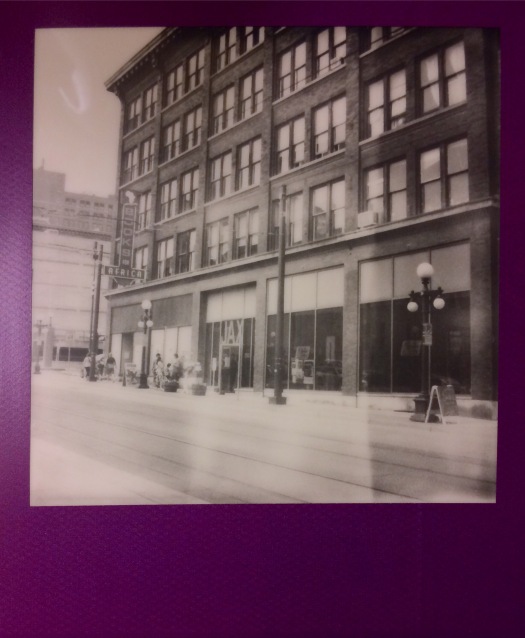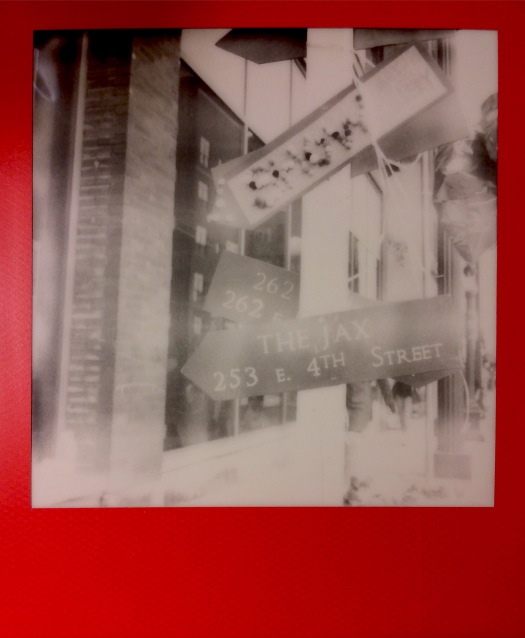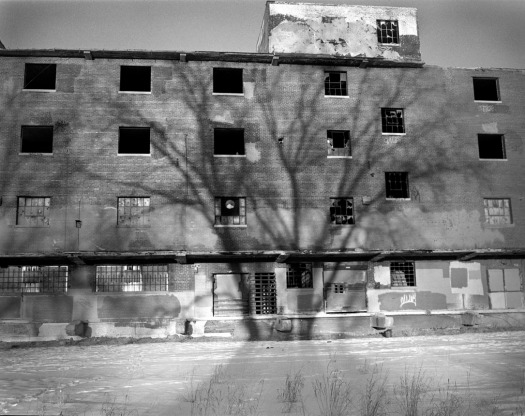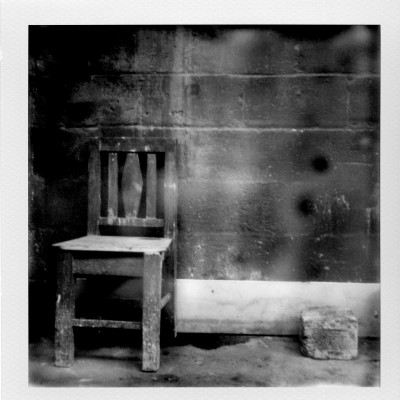Today is the last day of Art Crawl, which will be the last, forever, for our beloved Jax Building. April 24st, 12-5pm
A Jax wake is planned for Friday 5/6 @ 7pm. 253 4th St East, St Paul.





Visual Storytelling
Today is the last day of Art Crawl, which will be the last, forever, for our beloved Jax Building. April 24st, 12-5pm
A Jax wake is planned for Friday 5/6 @ 7pm. 253 4th St East, St Paul.




Come celebrate our last Crawl in the historic Jax Building! History is happening… Be part of it!
April 22, 23, & 24 • Friday 6–10 PM, Saturday 12–8 PM, Sunday 12–5 PM





Where: The Show Gallery, Jax Building, 253 E 4th Street, Suite 110, St. Paul, Minnesota
When: March 2 – April 17 Opening: March 4th 6-9pm
The Show Art Gallery is showcasing artists from the Jax building in Lowertown Saint Paul. Sadly, we are losing our beloved Jax building to progress. All (several dozen) artists, including myself, will have to move out May 1st after the Spring Art Crawl (April 22, 23 & 24), and are dispersing all over Saint Paul and Minneapolis. Lowertown is a thriving artist community and the beating heart of art in Saint Paul. Although I remain dedicated to staying in Lowertown, non-residential studio space is hard to come by. Even though I am sad to leave the Jax, I choose to remain positive, and instead of pushing back change, I am embracing it. I am honored to be a part of the history of the Lowertown Landing in Saint Paul.
Lowertown has been a vision as a village since the 1970’s, and the arts will always live here with its artist lofts, creative living and working spaces, restaurants, music in the park and now Saints baseball. Lowertown has become a “hip” place to live for the twenty something’s, to a peaceful place for retirees to call home, plus a percentage of apartments are dedicated to lower-income families or individuals that experience homelessness to help integrate community support and involvement. To learn more about this vision of the Historic Lowertown Landing, check out the website.
The Jax Building, one of the last non-residential artists’ spaces in Lowertown, will be sold Feb. 1 and redeveloped, it was learned Sunday.
The announcement caused concern among the building’s current tenants, who fear they may not find studio space elsewhere.
The building, at 253 Fourth St. E., currently houses the Show Gallery Lowertown, the Classical Ballet Academy and the nonprofit organization Books for Africa. Its upper levels are rented on a month-to-month basis to artists who use the space to create new work.
John O’Brien manages the building, which is owned by his wife’s father. He said he does not know what VoR Jax, LLC, the company that is buying the building, plans to do with it.
“I’ve only heard bits and pieces of what they are planning,” he said.
O’Brien said the family was not actively looking to sell the building, but recent interest from prospective buyers made the concept appealing.
“We weren’t that keen to sell the building. We just thought it would have to be a really good offer, and that’s what we got — a really good offer,” O’Brien said.
O’Brien said two other parties expressed interest in buying Jax before the deal was struck with VoR Jax, LLC, and several more made inquiries after the deal was struck but before it was publicized.
In a letter to current tenants, VoR Jax said they will be allowed to occupy their spaces for three months after the Feb. 1 expected closing date.
O’Brien called the current tenants “a truly remarkable group of talented artists.”
“Should the new owners not want to accommodate them, I do not know where they’re going to go,” he said.
Tom Reynen, the vice president of the St. Paul Art Collective, said he found it ironic that artists, who gave Lowertown its Bohemian appeal, are now being pushed out of the area by gentrification.
“It’s a lot like the Minneapolis Warehouse District. They used to have art crawls and galleries. Those are all restaurants now. It’s kind of the same thing,” Reynen said. “Lowertown used to be a wasteland and artists moved in because they could get cheap rent and big windows. Now, they’re being priced out. It’s a classic story, really.”
Please come and see my work and many others at the Minneapolis Photo Center up coming exhibit!
Still Life: The Inanimate Subject
Opening Reception:
Friday May 29th 6:30pm – 9:00pm – Free & open to everyone
Come enjoy the exhibit & food, live music by The Byron-Johnson Blanchard Trio
On Exhibit May 29th thru July 12th
About the Work
More than other genres of photography, still life generally gives photographers greater latitude in achieving their final vision through the arrangement of inanimate objects and composition of design elements. It can also allow for a slower and more thoughtful approach to the creation of a photograph. As I looked through the 1000-plus images submitted for this exhibition, I found myself not only compelled by the various choices of subject matter that each photographer visually documented, but also by the human presence implied in each of the works. Ultimately, it was a reminder of what most essentially and instinctively connects me to the language that is photography—it’s not just the photograph before me, but it’s the thought, the touch, and the presence of the creator behind it. In turn, it’s my hope that the viewers of this selection of works will be able to connect to the photographs in their own personal and sensory way—perhaps through the recollection of a moment, memory, feeling, or fleeting thought. Juror, Russell Joslin, March 20, 2015
Driving directions: http://www.mplsphotocenter.com/contact/driving-directions.php
(ReBlog from http://www.mplsphotocenter.com/exhibits/upcoming-exhibits.php )
Jax Building #301, East 4th St, St Paul, MN 55101
Come see NEW work at a NEW Studio in the heart of Lowertown! On display are Polaroids made in Guatemala and the introduction of my new book “Born is the Animal Spirit,” which is photo and written work that was partly funding by a Kickstarter Project in the Fall of 2013.
Friday 4/24 6pm – 10pm.
Saturday 4/25 12pm – 8pm
Sunday 4/26 12pm – 4pm
Hope to see you there!
https://www.facebook.com/pages/Heather-Matson-Artist/44088129723?fref=ts
Like me on Facebook!
I am a backer of this project and I hope to find others that are just as excited for this film’s come back!
3 dys remain… become a backer like me!
http://kck.st/1gOGfzY
Join Heather, Connie, Michelle and Paula in the celebration of art for the Spring Art Crawl!
We will be holding the opening reception Friday night (April 25th) from 6-10pm, with food and beverage. If you cannot make it on Friday night please stop by on Saturday (April 26th) from noon-8pm.
http://www.punchbowl.com/parties/ff09a677e3b3fd7845f0